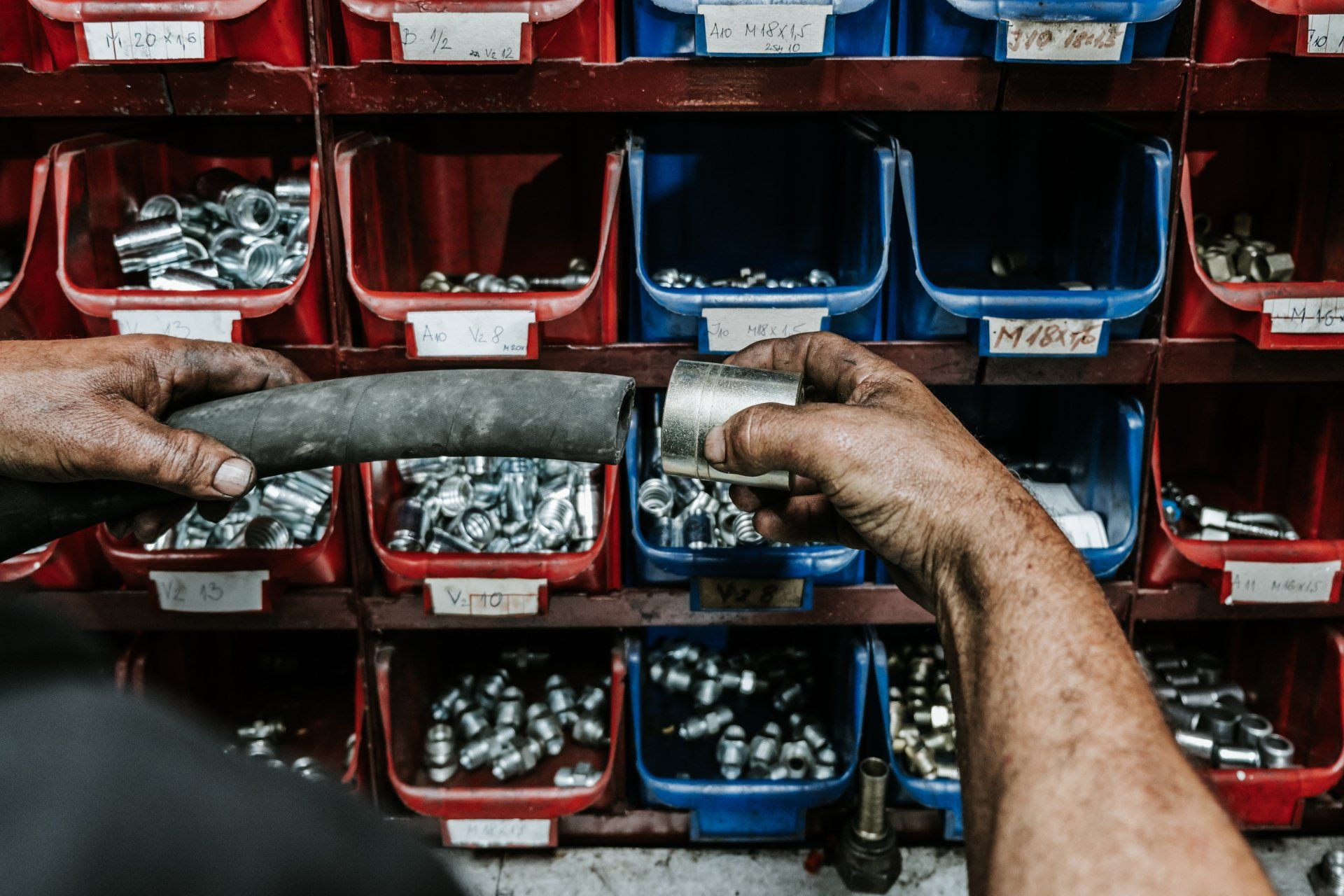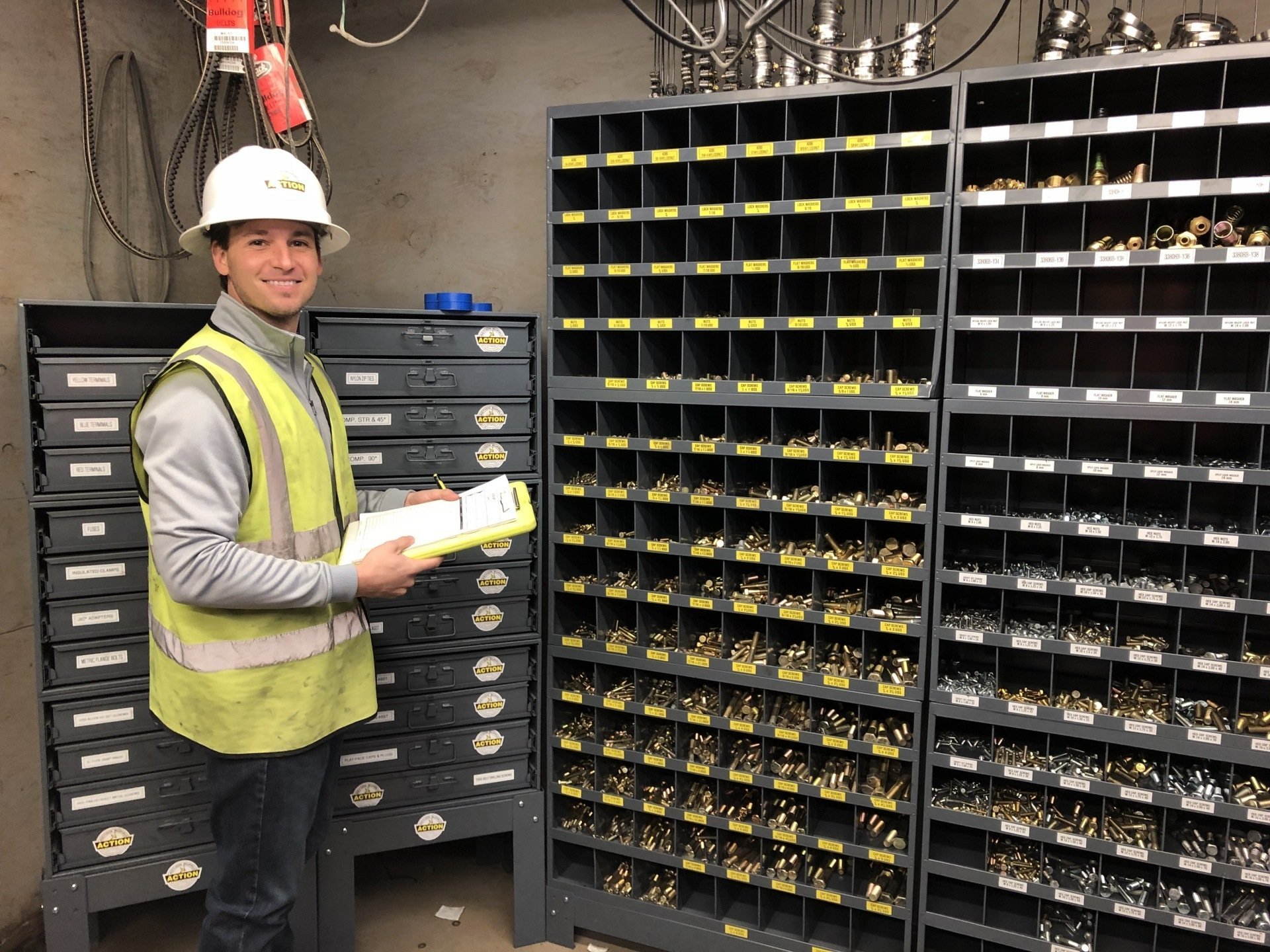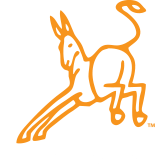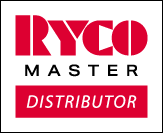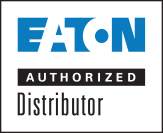Essential Pieces of Health and Safety Gear For Industrial Workers
When it comes to industrial workplaces, safety should always be a top priority. Employers must provide workers with the necessary personal protective equipment (PPE) to prevent accidents, injuries, and even fatalities. Here are a few pieces of PPE equipment your worksites should never do without.
Hard Hats
According to OSHA's regulations (29 CFR 1910.135), hard hats are required in any industrial work environment that has a risk of head injury from falling objects, impact, or electrical hazards.
Employers must ensure that hard hats meet the requirements of the American National Standards Institute (ANSI) Z89.1-2009 standard, which establishes minimum performance and testing criteria for protective helmets.
When purchasing hard hats, it is also important to consider the grade, which indicates how much protection it gives against an electrical hazard.
● Grade C (Conductive) provides NO electrical protections and should not be used around electrical conductors or other hazards.
● Grade G (General) can protect an employee from head injury against 2,200 volts.
● Grade E (Electrical) provides the strongest protection at 22,000 volts.
Proper Clothing and Gear
Workers may need specific kinds of clothing to protect them from hazards in the workplace. For example:
● Flame, shock, and cut-resistant clothing
● Form-fitting clothing to avoid getting caught in moving machine parts.
● Bright or reflective gear for low-light areas
● Fire and chemical-resistant leg wear, with fast removal snaps and clasps
● Footwear made to protect against slips, electrical shock, and falling objects
● Full body protection for extreme heat or winter weather.
● OSHA-approved coverings for hazardous materials (HAZMAT)based on their hazard level
When deciding on gear and required dress codes, keep the hazards in each work area in mind to reduce avoidable accidents and injuries.
Safety Glasses and Face Shields
Industrial workers are often exposed to flying debris, chemicals, and other hazards that can damage their eyes. Safety glasses can prevent injuries that could lead to missed work or vision loss.
The American National Standards Institute (ANSI) Z87.1 standard sets the minimum requirements for eye protection in the workplace. Safety glasses that meet this standard have been tested for impact resistance and must provide side protection. They should also fit the wearer securely but comfortably for long periods of time.
Respiration Protection
There are two main types of respirators: air-purifying respirators and supplied-air respirators. Air-purifying respirators filter the air the worker breathes, while supplied-air respirators provide clean air from a separate source, such as a compressor or a tank.
Respirators protect workers from breathing in harmful substances, such as dust, fumes, and chemicals. They come in different types and styles, each designed for specific hazards and levels of protection.
Detectors and monitors
Workplace safety detectors are devices that are used to detect and measure various types of hazardous substances in the workplace. They can help prevent workplace injuries and illnesses by alerting workers to the presence of hazardous gasses, chemicals, or other substances. For example:
● Gas Detectors: Gas detectors can be portable or fixed and can alert workers to dangerous gas levels in real time.
● Radiation Detectors: Radiation detectors are used to monitor workers in nuclear power plants, medical facilities, or other workplaces where radiation is present.
● Particulate Matter Detectors: Particulate matter detectors are used to detect and measure airborne particles, such as dust, smoke, and other pollutants. These particles can cause respiratory problems and other health issues if inhaled.
Action Supply is Your Source for PPE Equipment
Action Supply offers a wide range of essential health and safety gear for industrial workers. Do you have questions about the best PPE equipment for your work site? Contact us to talk to one of our experts.
